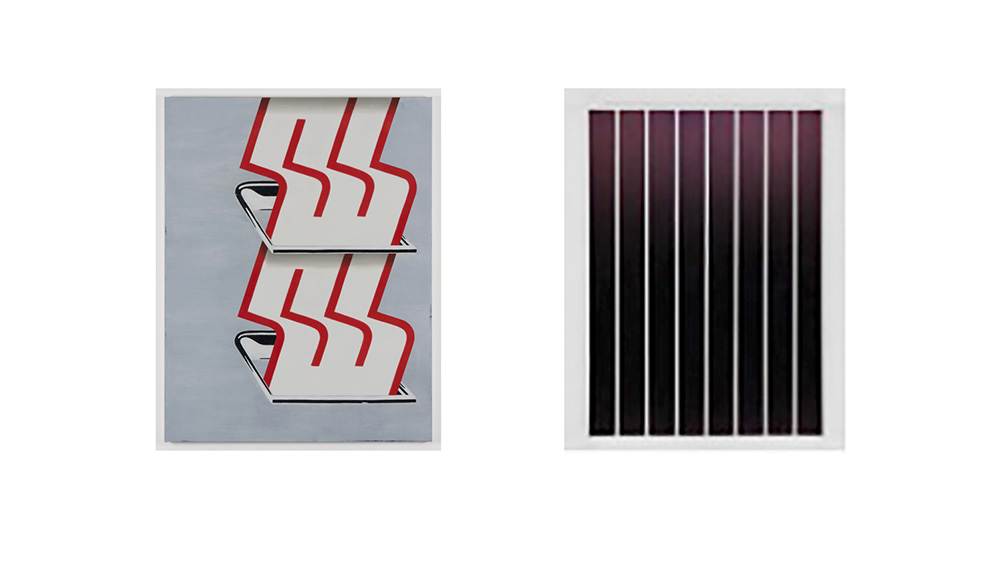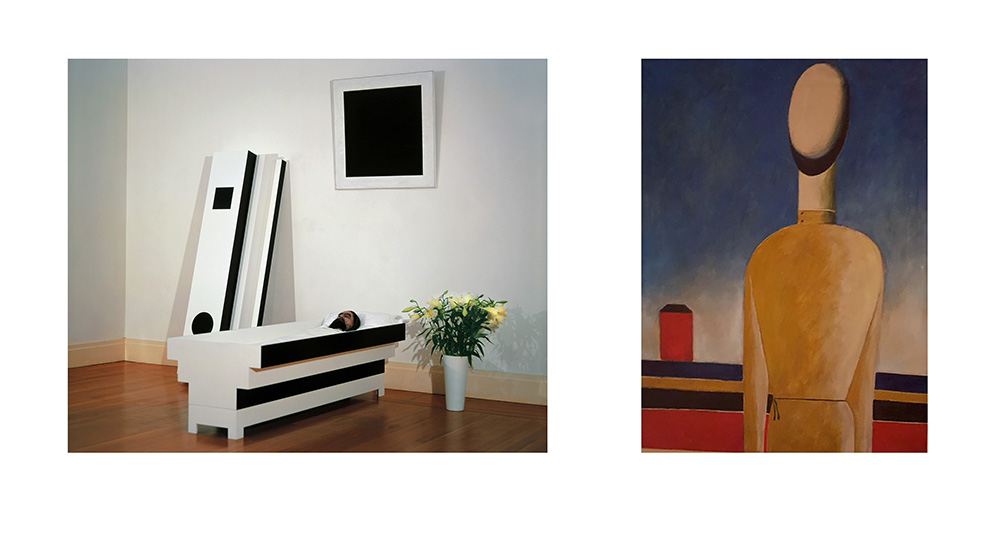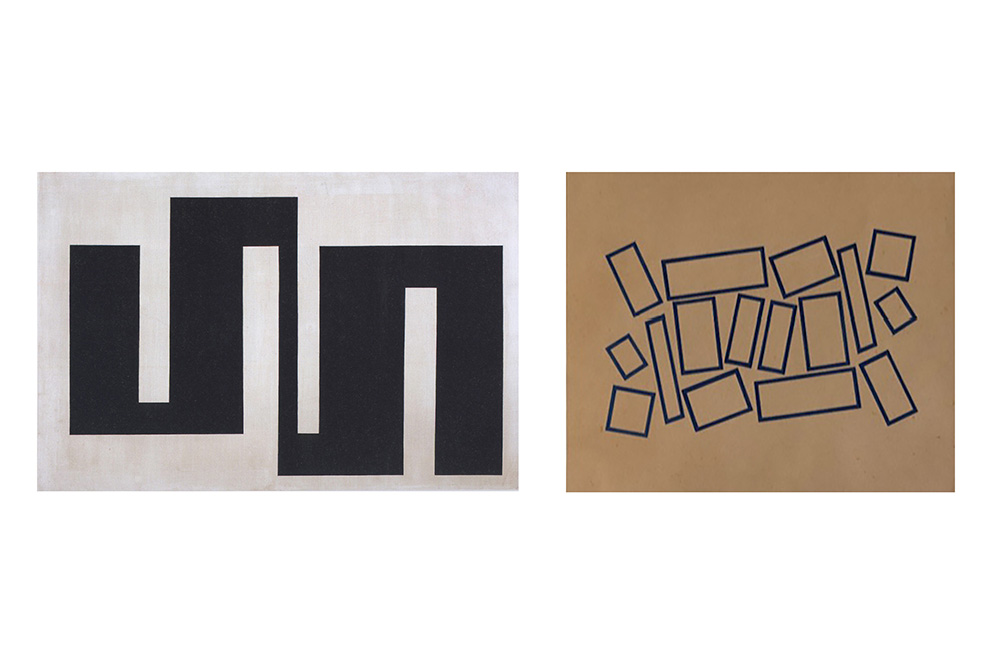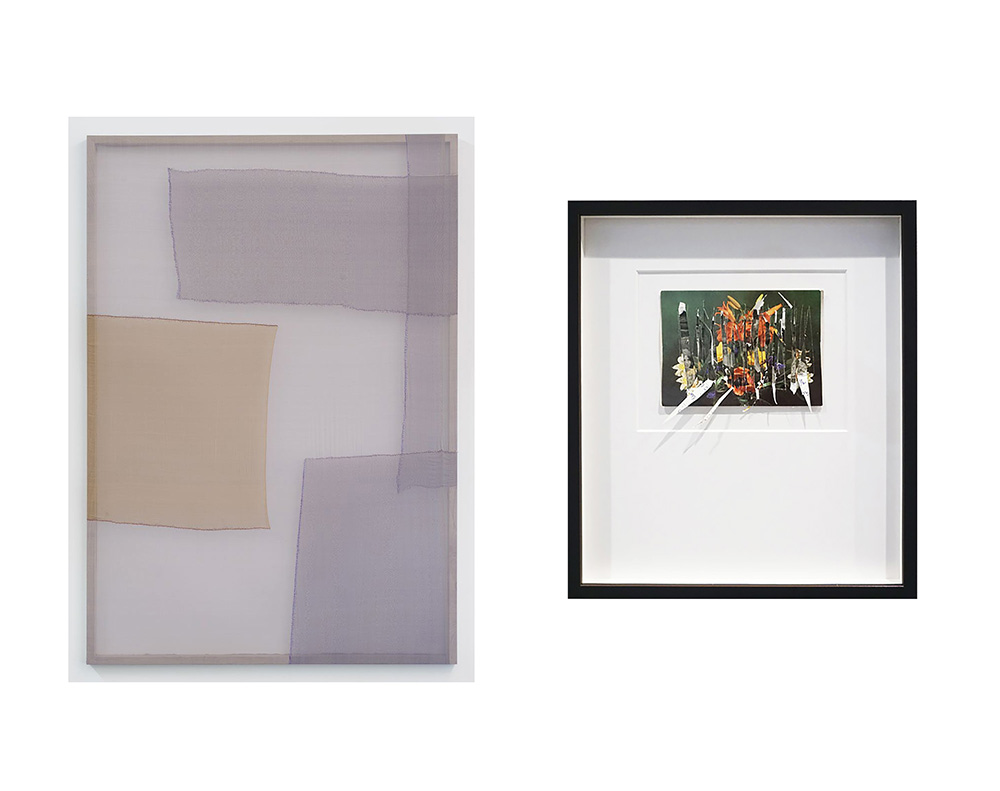ART-PRESENTATION: Recollection-A Journey After 28 Years
 Gregor Podnar started out as a curator in the early 1990s, founded his gallery in Slovenia in 2003 as part of the cultural production organisation Association DUM and eventually in 2017 opened a second and more conventionally commercial space in Berlin, in order to provide Eastern European artists who had institutional success with commercial support that was then lacking. His programme remains focused on artists from Eastern Europe.
Gregor Podnar started out as a curator in the early 1990s, founded his gallery in Slovenia in 2003 as part of the cultural production organisation Association DUM and eventually in 2017 opened a second and more conventionally commercial space in Berlin, in order to provide Eastern European artists who had institutional success with commercial support that was then lacking. His programme remains focused on artists from Eastern Europe.
By Dimitris Lempesesis
Photo: PROYECTOSMONCLOVA Archive
The exhibition “Recollection-A Journey After 28 Years” at PROYECTOSMONCLOVA in Mexico City curated by Gregor Podnar, unites works of artists with whom he collaborates today and of those of whom he collaborated with in the past. “The exhibition is based on personal experiences that partly reach back to my curatorial practices from the 90s and it aims to present a field of open poetic and visual proposals”. Podnar says. The structure of the exhibition is conceived of as a series of duets juxtaposing pairs of artists and their work. With the exception of Goran Trbuljak, in which two works by the same artist are paired with each other: a work from the 70s with the artist’s family name that is as an early example of the notion of branding in art juxtaposed with a work in which Trbuljak tries to match his name with the name of a plant named trbulja (water dropwort in English), by arguing in a letter to botanists to add the last letter K to the plant’s name. Another similar deviation is the pairing of a collective work of the five members of group IRWIN with works by an anonymous author signing his/her works with Kazimir Malevič 1985. Taking these duets as a structural starting point, the visual outcome of the exhibition is expected to be one of many relations and referential layers across the various pairs, leading from duets to a poly-vocal orchestra. Combining the media of photography, sculpture, and drawing, the works of Attila Csörgő offer viewers an intelligent and playful introduction to questions of science and technology. The results are often unexpected, amusing, or even poetical. In long-term experiments the artist explores branches of science such as kinetics, optics, or geometry to examine questions of perception; and on this basis he develops his theories about the construction of reality. Interested in science and alchemy ever since he quit the studies of physics for the art academy, Tobias Putrih researches the way the collective imaginary manifests itself and was designed within cinema architectures and through models proposed by utopian architects throughout the 20th century. Putrih’s sculptural installations consist of simple materials such as cardboard, paper, scotch tape and scaffolding, and he employs fractured forms as well as changes in floor levels and illumination to create a narrative pathway. Julije Knifer is recognized as one of the most prominent artists related to Concrete Art after 1945. His meanders are interpreted differently depending on the period in which they appeared: first in the context of geometric abstractions and neo-constructivism of the New Tendencies of the 1960s and with their asceticism and interest for the absurd present in the context of anti-art of the neo-avantgard. Hélio Oiticica made art that awakens us to our bodies, our senses, our feelings about being in the world: art that challenges us to assume a more active role. Beginning with geometric investigations in painting and drawing, Oiticica soon shifted to sculpture, architectural installations, writing, film, and large-scale environments of an increasingly immersive nature, works that transformed the viewer from a spectator into an active participant. The repetition and combination of forms and materials are salient features of Mark Manders’s sculptures and installations. By continually recycling, modifying, and creating new arrangements of favored configurations and objects, human figures, animals, furniture, and architectural elements, Manders expands the limits of this decades-long conceptual self-portrait. As an all-round artist and technical and conceptual virtuoso, Francisco Tropa’s is forever annexing and associating distant fields from the history of forms, and which go well beyond the challenges of art to embrace a seemingly limitless cultural arena. Mixing sculpture, engraving and printing, drawing, photography, and performance, his works brim with precious and precise forms, often re-adapted, which end up by creating a system. Anna Virnich’s artistic practice focuses on textile-based tableaus, incorporating found fabrics as well as new materials, which the artist stretches on wooden frames thus creating organic and almost painterly compositions that oscillate between transparency and density, foreground and background, agility and standstill. The tension between all those elements is crucial and it expresses itself not only within the composition of the tableaus and through the layering of various textures, but also in the physicality of the used material itself. The work of Marzena Nowak is created from memory and imagination, residing somewhere in the tension between autobiographical reference points and poetically immersed dream worlds. Her sensitivity to everyday occurrences and the relation to her own physicality often represent the thematic departure points for her artistic practice. Nowak’s works play with the forms of sensory perception and picking out the interplay between the monotony of everyday life and human wish to escape into imagination, all set in a social, historical context of the political changes of the 1980s.
On presentation are works by: Carlos Bunga, Tobias Putrih, Attila Csörgő, Alexander Gutke, Jimmie Durham, Ivan Kožarić, Leif Elggren, Yuri Leiderman, Marcius Galan, Goran Petercol, Ion Grigorescu, Jochen Lempert, Herbert Hinteregger, Anne Neukamp, IRWIN group, Kazimir Malevič 1985, Julije Knifer, Hélio Oiticica, Mark Manders, Francisco Tropa, Marzena Nowak, Anna Virnich, Gabriel Orozco, Ariel Schlesinger and Goran Trbuljak
Info: Curator: Gregor Podnar,, PROYECTOSMONCLOVA, Colima 55 Roma Norte, Mexico City, Duration: 28/6-18/8/18, Days & Hours: Tue-Fri 11:00-18:00, Sat 11:00-16:00, http://proyectosmonclova.com




